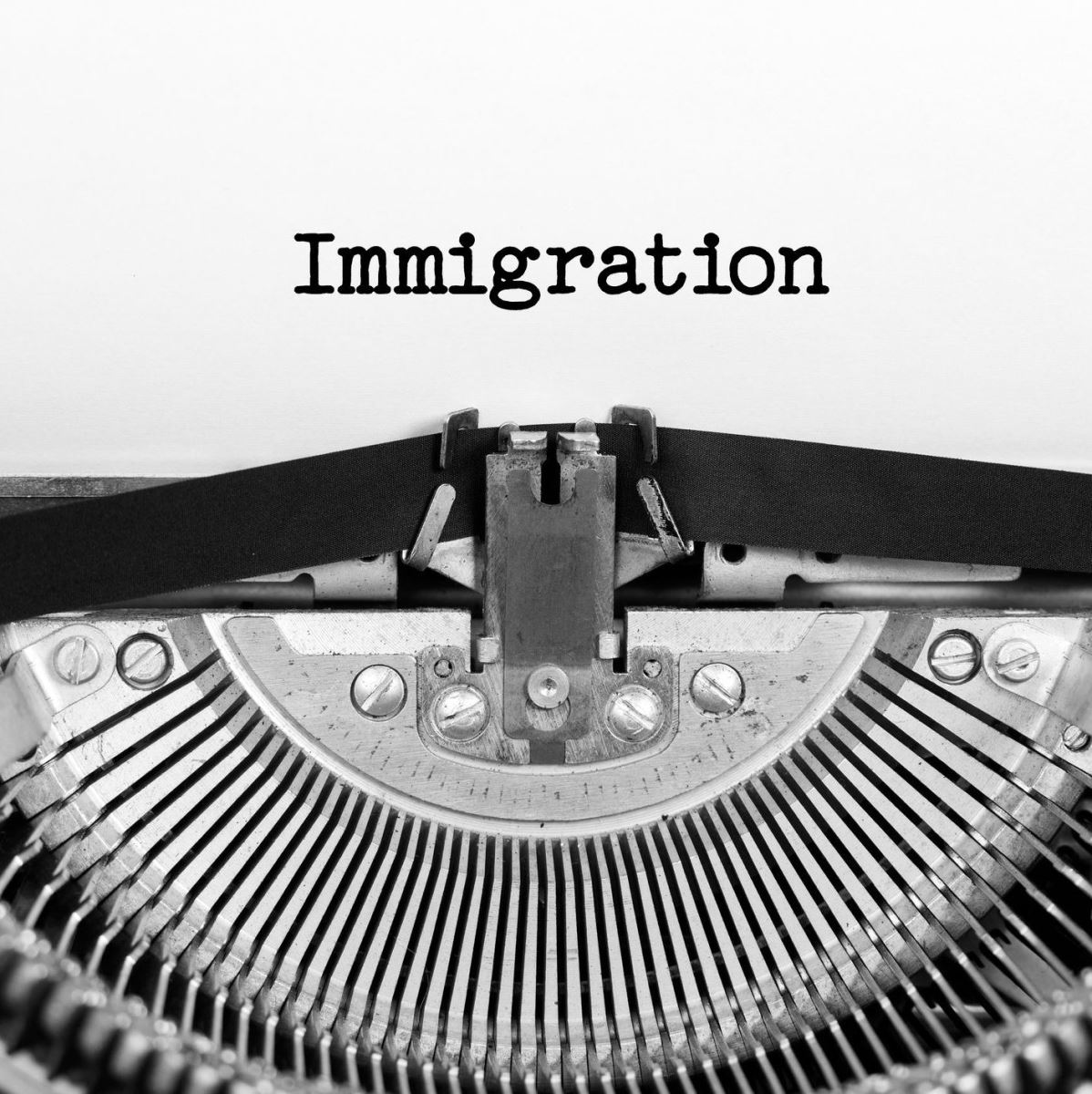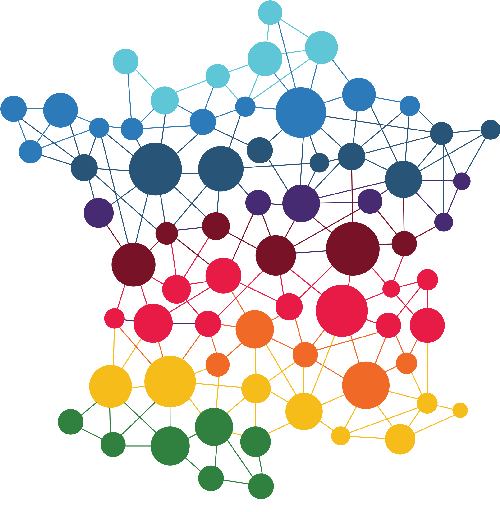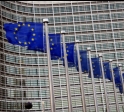Conférence de Citéco "Migrations internationales : rien que la vérité !"
Par Anthony Edo
 01:22:12
01:22:12« Vague », « déferlement », « flots » … Les métaphores maritimes ne manquent pas pour parler des migrations. Souvent chargées d’émotion, ces images traduisent autant les peurs collectives que les fantasmes qui entourent ce phénomène. À rebours des discours simplificateurs, les interventions de François Héran et Anthony Edo, permettent de replacer les faits au centre du débat public.



.bmp)







